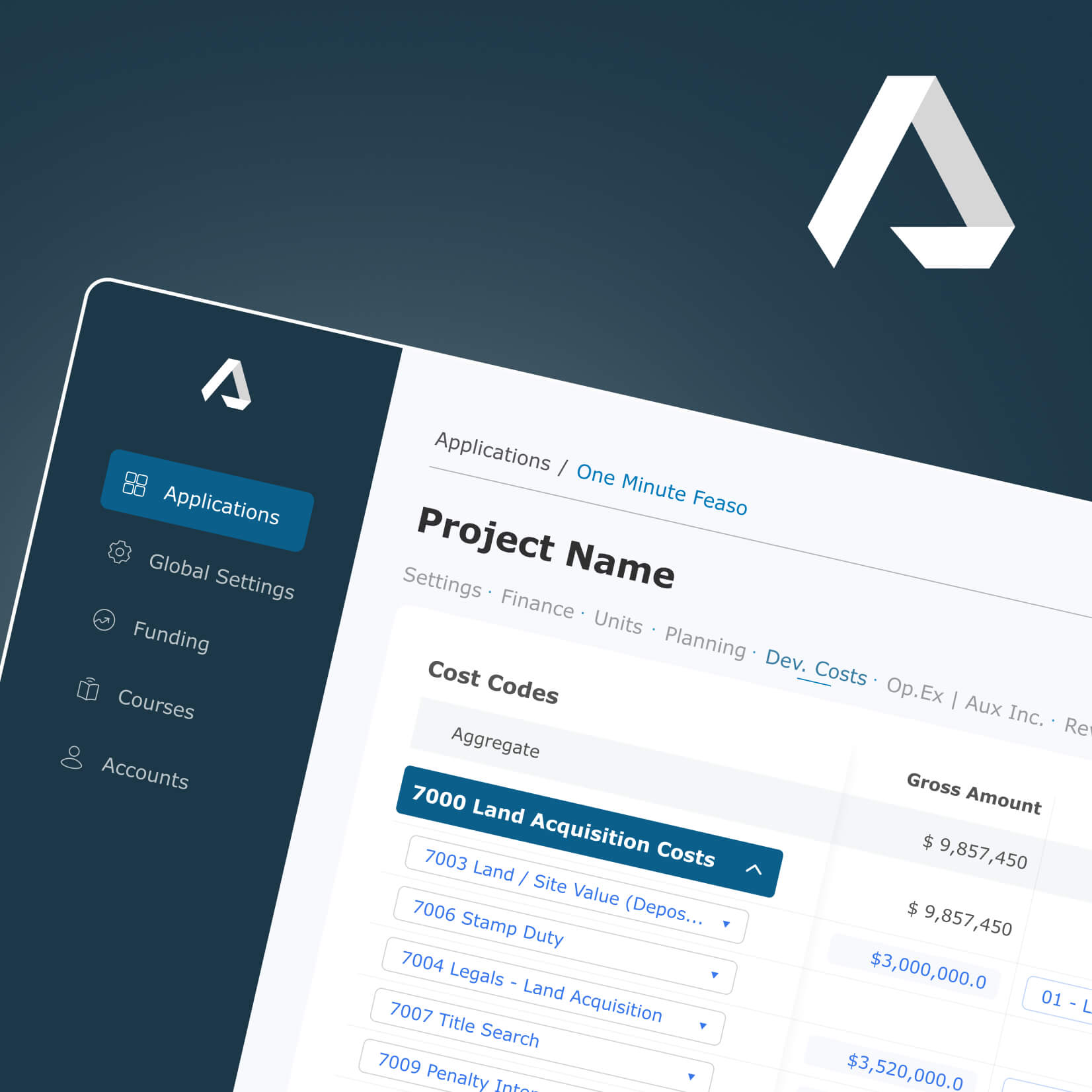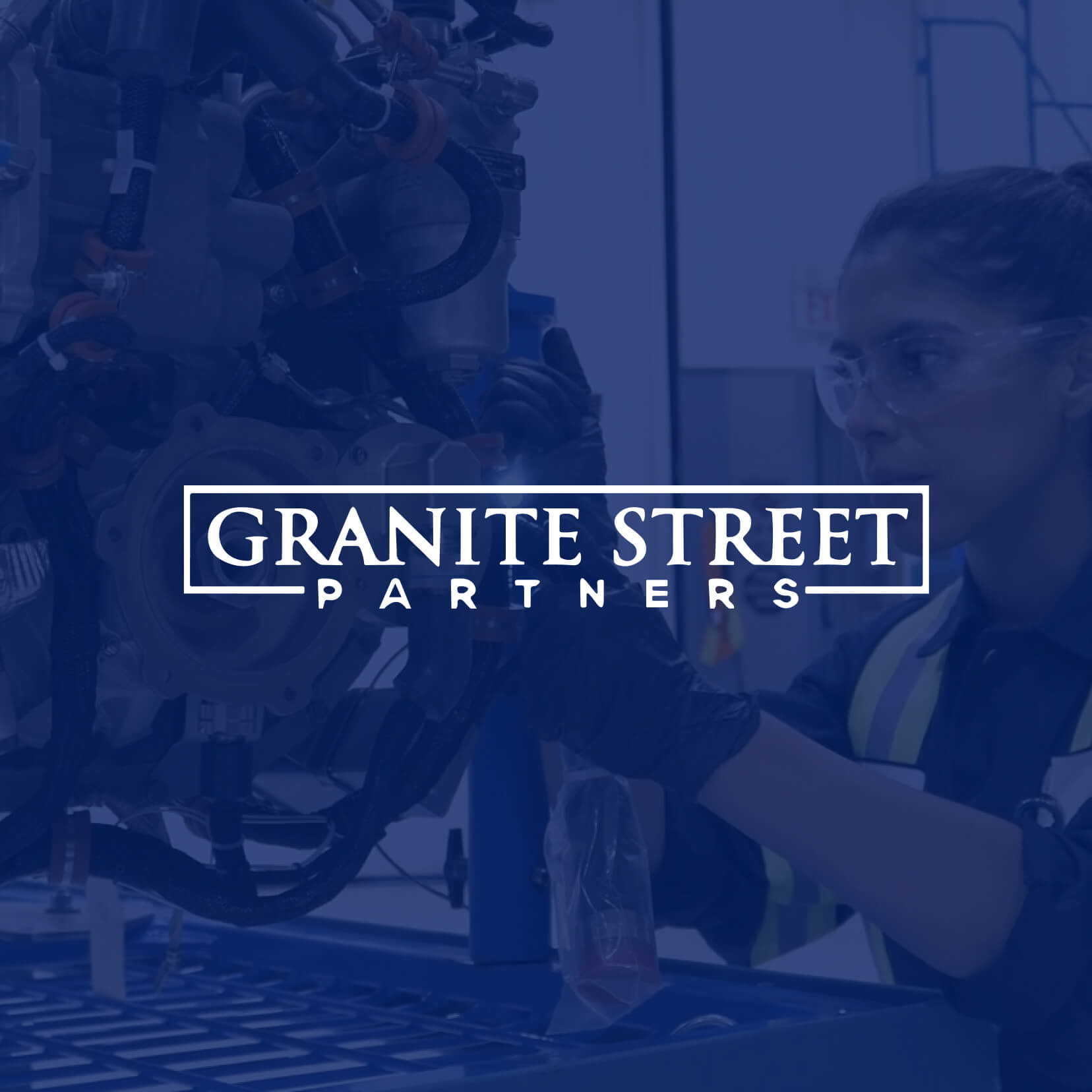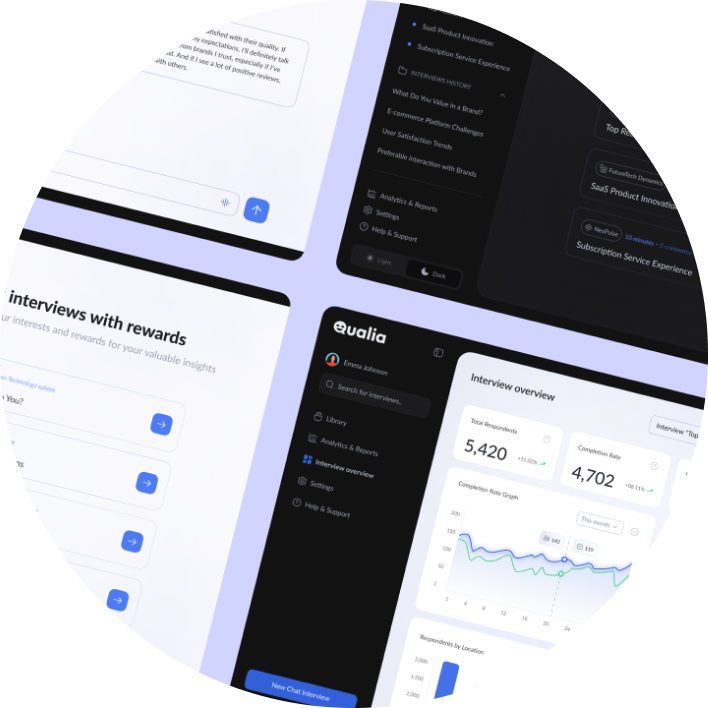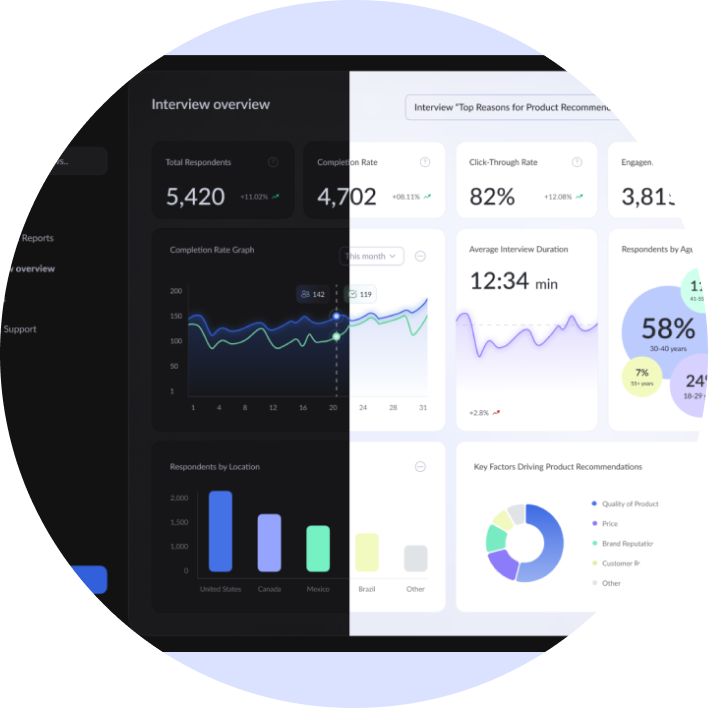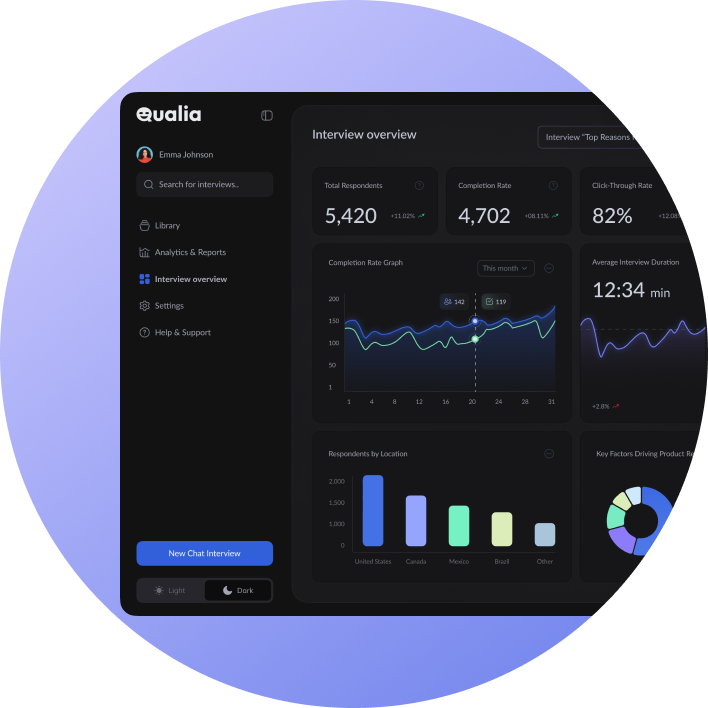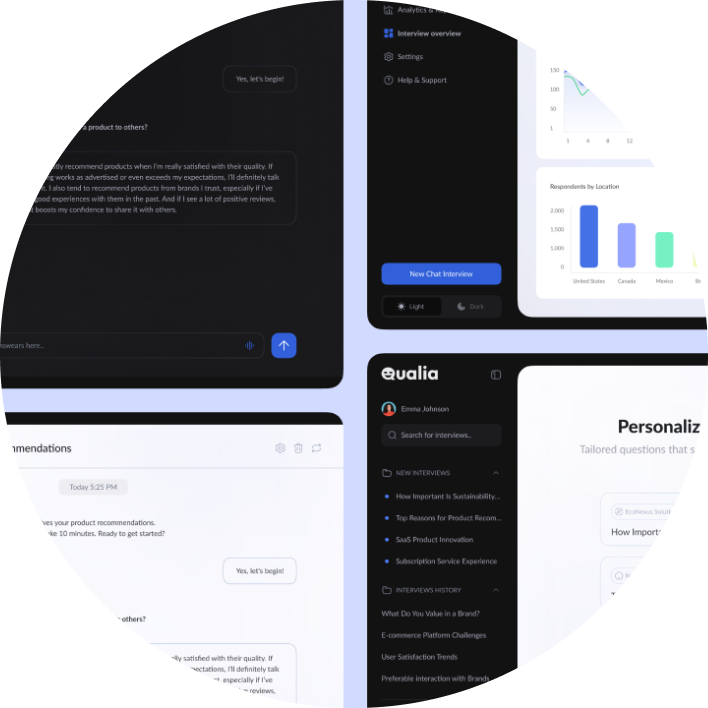Solution
Before starting artificial intelligence chatbot development, we dived into profound business analysis and brainstorming sessions for ideas generation. After analyzing the market and understanding respondents’ needs, we defined the features and functionality of the chatbot. Then, we began the process of mapping out Qualia’s conversation flow and script, considering all the potential user answers.
To empower Qualia with human-like responses, Altum’s team implemented an advanced GPT-4 model and developed specific prompts for generating the right responses based on user context and input. After refining it with field-specific data, we leveraged the power of a natural language processor, specifically Amazon Lex, to precisely interpret respondents’ intent and extract entities. We also developed the knowledge base for the AI-based chatbot to enable Qualia’s continuous learning and improvement.
After the AI chatbot design stage, we set about the development. For cloud infrastructure, we opted for AWS EC2. The front-end was developed leveraging ReactJs for a responsive and intuitive user interface. On the back-end side, we utilized Node.js for server-side logic and database interaction. Altum’s team implemented Terraform to enable continuous AI chatbot deployment, ensuring smooth and automatic updates.
After that, we conducted thorough quality assurance testing. The main metrics we set to track were onboarding effectiveness, the percentage of accurate and irrelevant answers, the bot’s understanding of various respondents’ queries, etc. We also tested the chatbot’s performance under high loads to ensure it can handle thousands of concurrent users. Furthermore, we gathered the users’ feedback to refine the chatbot according to their needs. These efforts were aimed at ensuring that Qualia is a robust, reliable, and user-friendly AI chatbot.
